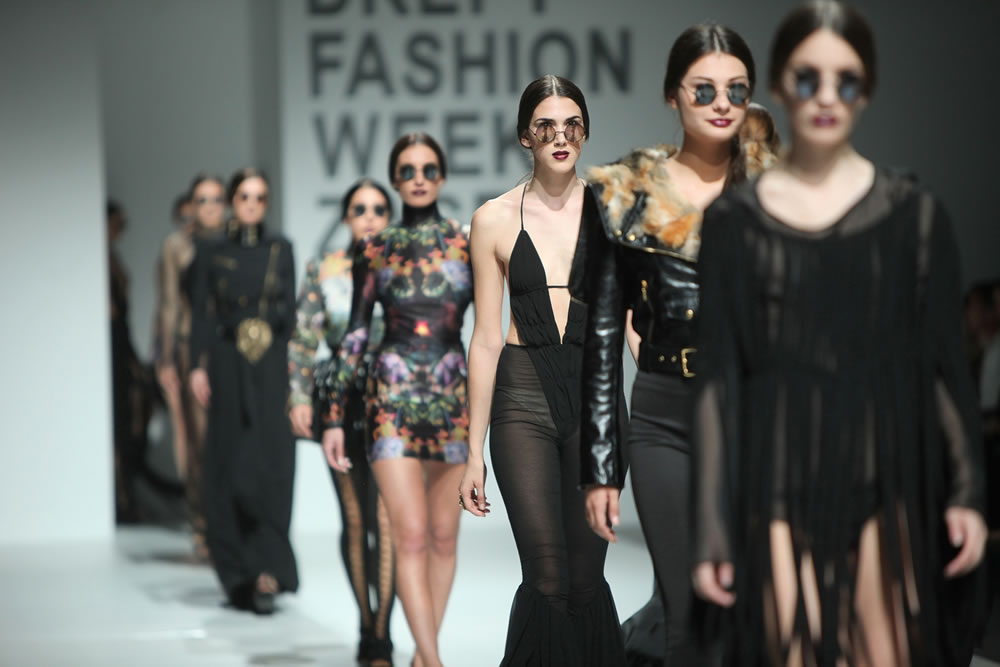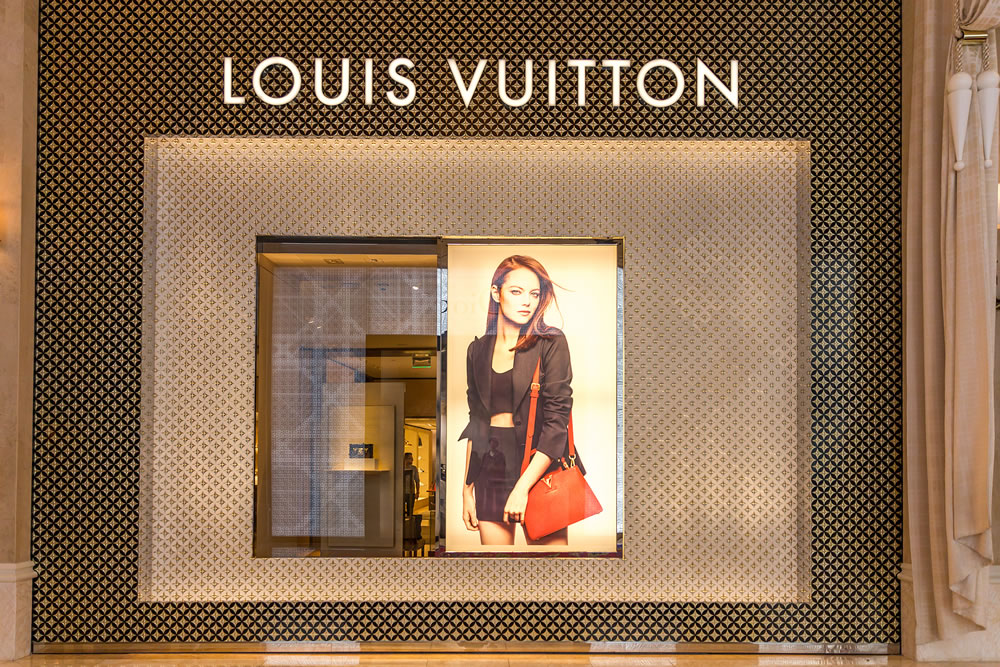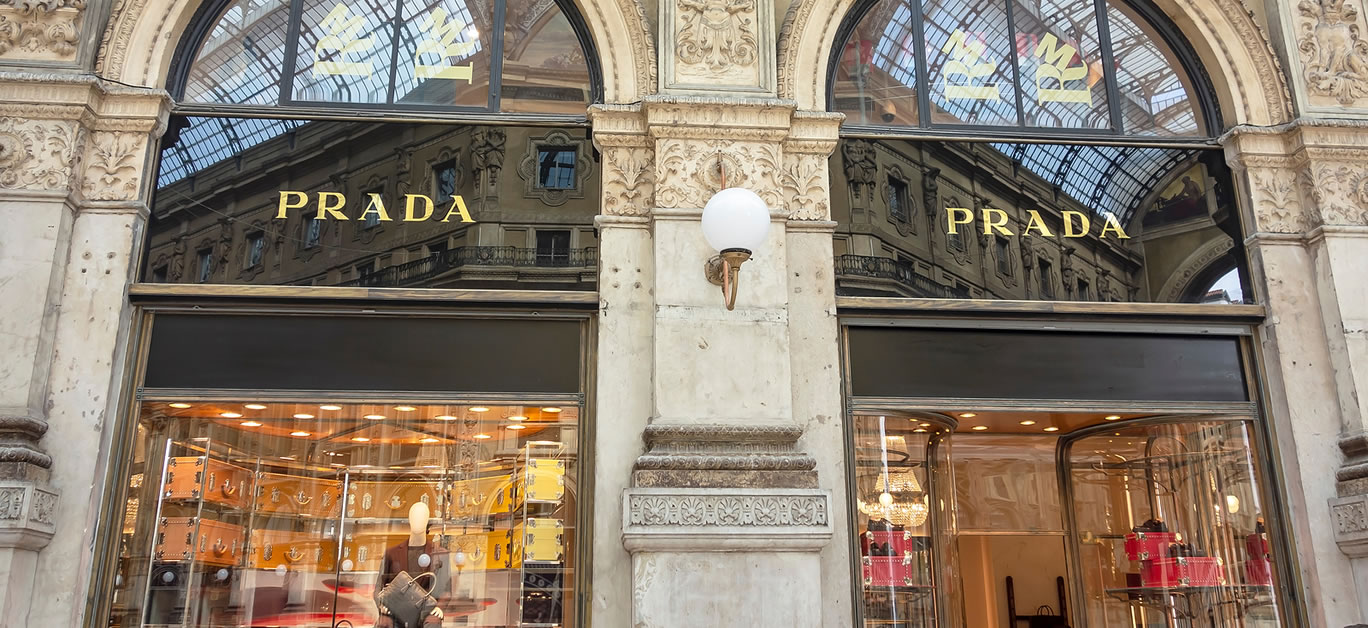It’s been a difficult two years for the fashion industry, with the concept of being ‘all dressed up with nowhere to go’ a stark reality for most of us as the pandemic and subsequent lockdowns kept us housebound. With nowhere to go, it’s no surprise that most high-end designers within the luxury sector reported a sharp decline in profits – but now that life has returned more or less to normal, sales have surged, and there is much optimism that 2022 is set to be a brighter year.
If we’ve learned one thing from recent events, it’s the importance of embracing the digital world – and many of the luxury fashion brands that had been digging their heels in in favour of maintaining a more traditional approach to marketing have finally had to admit that it’s time to change and evolve. Those that were quick to adapt are likely those that have weathered the storm of the pandemic the best, and as consumers increasingly demand maximum convenience and accessibility from the brands they shop with, and refuse to compromise on customer service when buying online, it’s a given that we’ll be seeing an even greater focus on digital services this year.
The introduction of artificial intelligence technology has enabled brands to dramatically up-level their abilities to cater to customer needs, demands – and at times, complaints – in a smooth and timely fashion. This is something that has become even more important in the face of supply chain issues, and with the worst of them seemingly now behind us, consumers are finally getting the chance to unleash their buying power and go full throttle on splurging on their favourite high-end designers’ latest collections.

Brands like Dancing Leopard, which sells luxury women’s dresses are already reporting a surge in the number of customers visiting their website this year so far, and we’ve seen footfall increase across our favourite bricks-and-mortar designer stores and boutiques, too. With social distancing measures a thing of the past and our mask-wearing days seemingly numbered, it appears that reluctance to indulge in in-store shopping sprees is also waning, which means a return to busy changing rooms and queues at the tills is imminent.
Millennials and Gen Z to drive recovery and growth
It goes almost without saying that millennials and Gen Z-ers will play a central role in driving recovery in the luxury fashion sector. The trailblazers of this generational shift, they will also continue paving the way for future generations to follow suit, with younger age groups set to account for 70 per cent of affluent consumers by 2025. In all, this is predicted to equate to 130 per cent of luxury market growth – but in spite of their obvious appetite for luxury and their willingness to spend in order to have it, some brands are still failing to cater to them effectively.
Where luxury fashion was once aimed at slightly older age-groups with more disposable income – people who were considered to have already ‘made it’ in life – we’re already seeing evidence that this is no longer the demographic that spends the most on luxury. Some brands, like Gucci and Louis Vuitton, have launched innovative marketing and influencer campaigns in a bid to win over this new, younger audience, but other big fashion houses remain reluctant. In 2022, they’ll need to reassess their marketing strategies and consider repositioning themselves if they are to continue seeing growth in the long-run.

Women, too, will continue to spend more on luxury fashion than men, with women’s fashion items including dresses, handbags and shoes some of the most popular purchases almost every year.
Consumers to become even more discerning
Although many luxury shoppers are poised and ready to spend their way through 2022, we’re seeing an increasingly conscious approach to buying, with the affluent customer now more discerning and asking more questions about the items they spend their cash on before taking the plunge.
Rather than whipping out their credit cards whenever they see a new dress they simply have to have, consumers will continue to ask more questions about brand ethics, supply chains and sustainable practices, and will seek out only the luxury brands that meet and exceed their expectations. Those that fail to adapt will fall further and further behind, and could even see previously loyal customers turn their back on them for good.

The affluent customer can afford to be picky, and as well as investing in classic, key pieces that will last them for years to come in lieu of disposable fast fashion, in 2022 they’ll be seriously reassessing how and where they spend their money, and which brands no longer align with their own personal morals and ethics.
The bottom line
For luxury brands, the year ahead holds plenty of promise – but they’ll need to keep their finger on the pulse of the latest buying trends in order to flourish long-term. By catering to a younger customer base through online channels, and taking care to address their demands for more sustainable and ethical practices and greater all-round transparency, the industry’s key players can ensure they stay ahead – but failure to do so could see them falling out of favour for good.






















